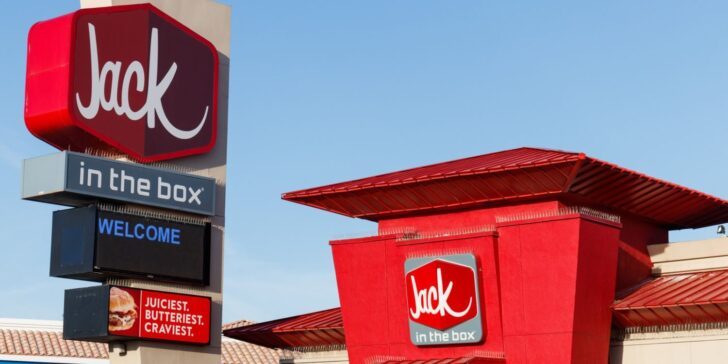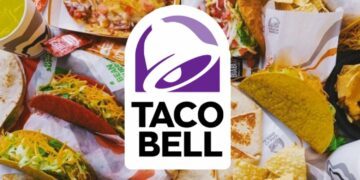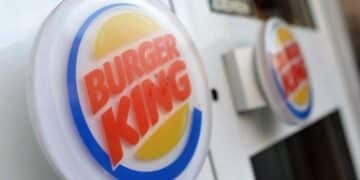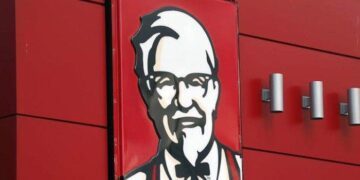Like the toy, Jack in the Box and its history can also shock you.
They revolutionized a crucial part of the fast-food industry and had their fair share of unforgettable events.
Did you know they fired a soon-to-be-famous actor? Or They bought a taco company for half a billion?!
If those two facts piqued your curiosity, keep reading to discover more interesting facts about Jack in the Box!
Jack in the Box was founded on February 12, 1951.
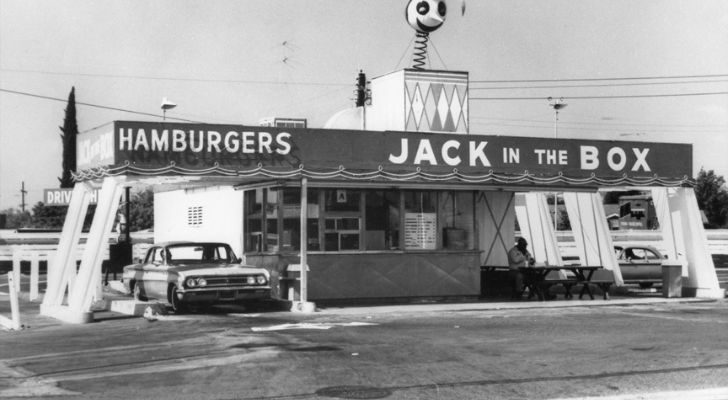
Jack in the Box founder Robert O. Peterson opened its first location in San Diego, California, United States, at 63rd Street and El Cajon Boulevard in Rolando.
This state also has the most Jack in the Box stores, with over 940 out of the US 2,168 stores recorded on October 31, 2022.
And before settling with Jack in the Box, Peterson had already started numerous restaurants.
He then sold the Jack in the Box in 1967 to allot more time for his other commitments, like renovating hotels.
Jack in the Box’s tacos have been described as the fast-food chain with the best hard-shell taco.

A monthly magazine based in Austin, Texas, said that their tacos are comparable to taquitos or tacos dorados, which you can find in Mexico.
And despite their tacos being referred to as “biting into a wet envelope of cat food,” people still love the budget-friendly taco, as more than half a billion Jack in the Box tacos are sold yearly.
It’s so good that Selena Gomez celebrated her 21st birthday on July 22, 2013, by eating Jack in the Box’s tacos.
She also mentioned that she was trying to lose weight, yet ended up eating four tacos, three egg rolls, onion rings, and a spicy chicken sandwich.
Jack in the Box was a rename of two restaurants.

Remember when we said that Peterson had already started restaurants before Jack in the Box? Well, there were two.
The first one was Topsy’s Drive-In in 1941.
Then, Peterson changed it to Oscar’s, named after his middle name.
Oscar’s lasted for a few years before Peterson finally ended up with the iconic brand name “Jack in the Box” due to his restaurant’s circus theme decor.
Jack in the Box changed its name to Monterey’s Jack in the 80s.
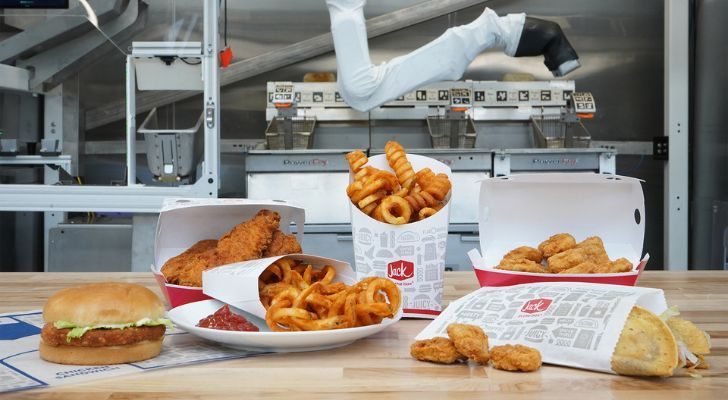
After being sold to Foodmaker’s Ralston Purina in 1968, Jack in the Box became more successful.
Sales also increased when they focused more on catering meals that targeted “yuppies” instead of children during the 1980s, even making an ad that showed their famous clown being blown up to show their revamp.
But in 1985, they made the mistake of rebranding to “Monterey’s Jack.”
Here’s a fun fact about rebranding, it can confuse consumers and negatively affect brand recognition when it’s unnecessary or done improperly.
The brand name “Jack in the Box” eventually returned, and of course, they made a commercial mocking their costly mistake.
Jack in the Box is one of the pioneers of drive-thrus.
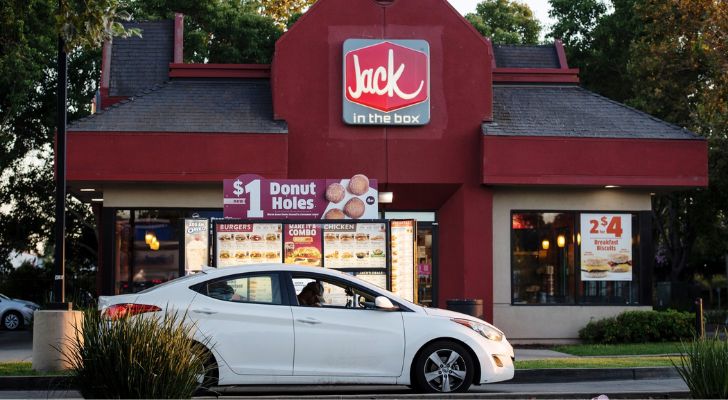
Aside from preparing and serving food quickly, drive-thrus also play a crucial role in what makes a fast-food restaurant convenient.
But before drive-thrus, the way to make a customer’s life easier was through drive-ins.
It’s basically letting people park their cars at a restaurant, waiting for an employee (called a carhop) to bring them the food they ordered.
Another famous fast-food company that incorporated drive-thrus into their stores was In-N-Out Burger. They started three years earlier than Jack in the Box, though.
Jack in the Box caused an E. Coli Outbreak during the 90s.
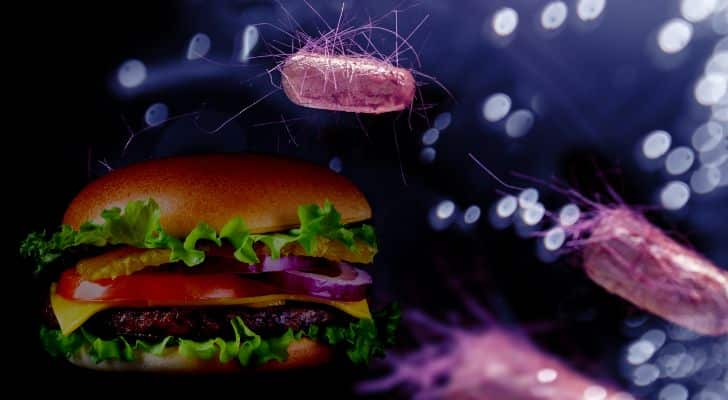
Accepting mistakes is one thing, but knowing you’ve accidentally caused infections and food poisoning is another matter!
How it was discovered that Jack in the Box caused the outbreak, all boils down to an investigation by the Washington State Department of Health.
It revealed that the fast-food chain’s beef patties were contaminated with E. coli O157, which resulted in food poisoning.
What makes this event sadder is the fact that this bacterial infection poses a greater risk for children.
And sadly, Jack in the Box’s burgers resulted in the passing of four children.
Of course, the fast-food chain was held responsible, causing them to lose more than $140 million from legal fees and lost sales.
It might seem like it’s over for Jack in the Box after this incident. But luckily, returning its mascot, Jack Box, rebuilding its brand, and winning back its customers saved the company from closing down.
Jack in the Box is known for having controversial ads.
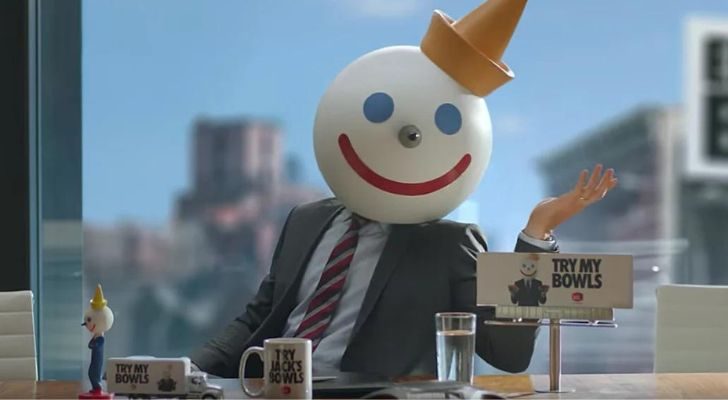
There’s a saying that “Bad publicity is still publicity.” And Jack in the Box knows that very well… that’s why they have a lot of controversial ads.
It’s a high-risk, high-reward type of marketing because controversial marketing can either boost sales or destroy brands.
But as you can see, Jack in the Box benefits from it.
One of the many controversial ads they’ve made was a 2018 commercial about their teriyaki bowls. This commercial caused controversies due to the video’s sexual innuendo.
Another one is their commercial in 2009 that mocked Burger King.
Burger King’s slogan, “Have it your way,” was mocked for not having breakfast meals all day – which Jack in the Box has been doing for over two decades.
They have tons of secret menu items.
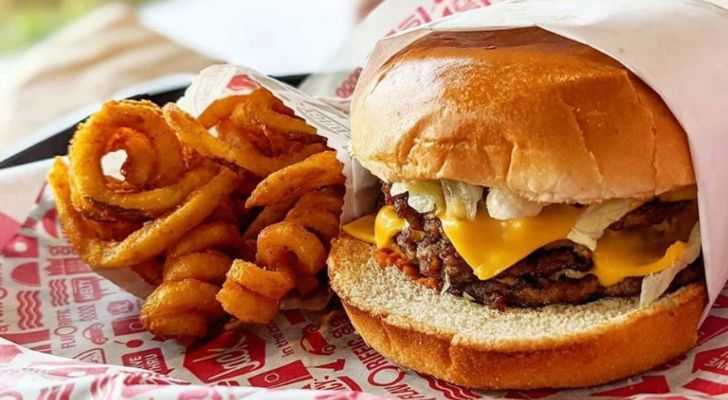
One of their most iconic secret menu items was Bacon Shake, a bacon-flavored milkshake, which was a part of their “Marry Bacon” campaign in 2012.
What’s surprising, though, is that the Bacon Shake wasn’t really made out of bacon.
Instead, it mainly consisted of bacon-flavored syrup, vanilla ice cream, topped with whipped cream, and a maraschino cherry.
And according to customers, the Bacon Shake tasted like bacon!
Some of their secret menu items worth mentioning are Bacon Bacon cheeseburger, churro cheesecake, and mint Oreo cookie shake.
Besides Jack in the Box, other fast food chains also have their secret menu items because it makes their customers feel more special.
Plus, it’s a great way to use word-of-mouth marketing.
Jack in the Box fired a teenager who eventually became a Star Wars actor.
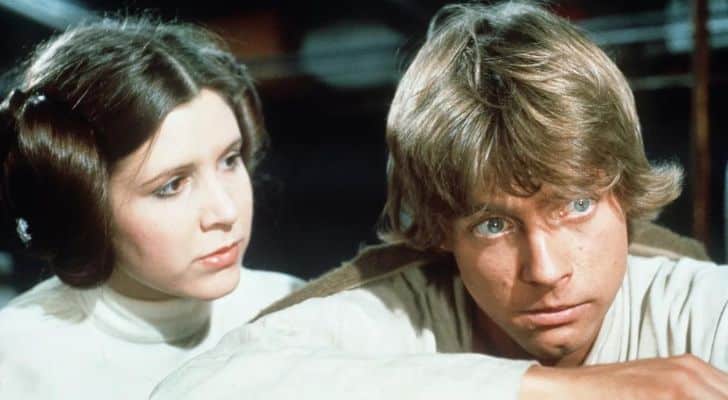
Mark Hamill, who played the role of Luke Skywalker, worked at Jack in the Box in the 1970s.
He was fired for talking like a clown when assigned to the drive-through window.
But in August 2022, the Star Wars character returned to Jack in the Box for a commercial.
It was to promote the return of two fan-favorite menu items, the spicy chicken strips and French toast sticks, for a limited time.
Jack in the Box also decided to make a comic out of Mark Hamill’s story during his early and final days at the fast-food chain for free.
Jack in the Box created one massive coupon.
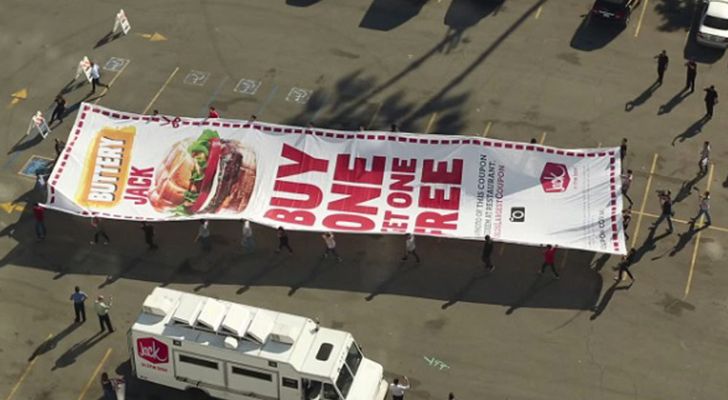
The size of Jack in the Box’s Buttery Jack buy one, take one promotion coupon measures 80 feet (24.384 meters) tall by 25 feet (7.62 meters) wide.
For comparison, that’s as tall as four giraffes stacked on top of each other and as wide as two male great white sharks!
It’s so big that a dozen people had to carry the coupon.
And after it was redeemed at Jack in the Box’s drive-thru area, the gigantic coupon was hung at the side of a hotel in Hollywood.
This was done because the coupon was also redeemable by showing a picture of the gigantic coupon, encouraging customers to post it on social media, and using the hashtag #WorldsLargestCoupon.
Despite their disadvantages, Jack in the Box and other fast-food chains prove that convenience can attract customers.
This fast-food chain also reminds businesses about the importance of strategic marketing – even if it means going against the norms.
Oh, and when you feel like you can’t bounce back from your failures, remember that millions of people are still eating at Jack in the Box even though they released extremely controversial commercials!

